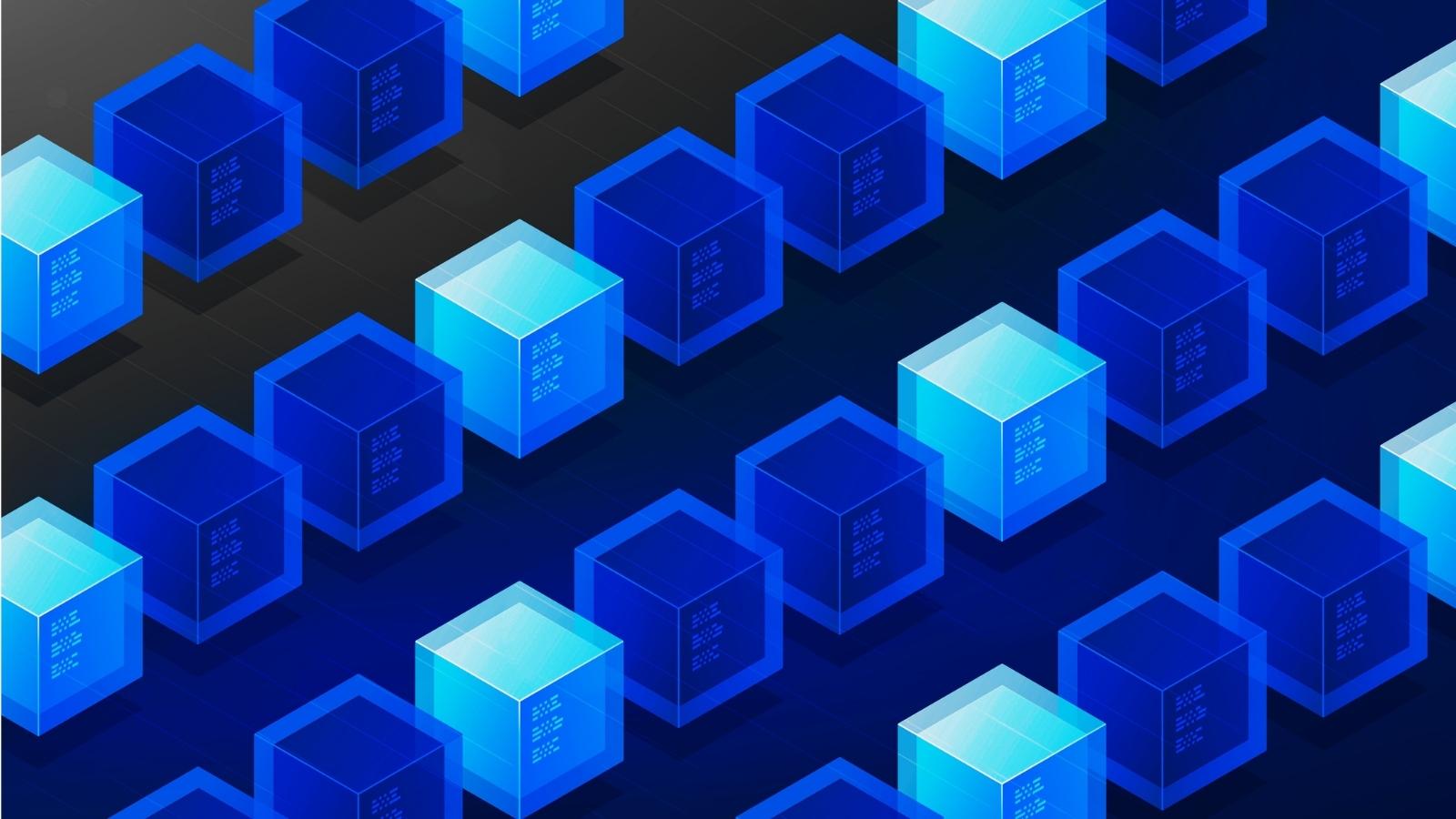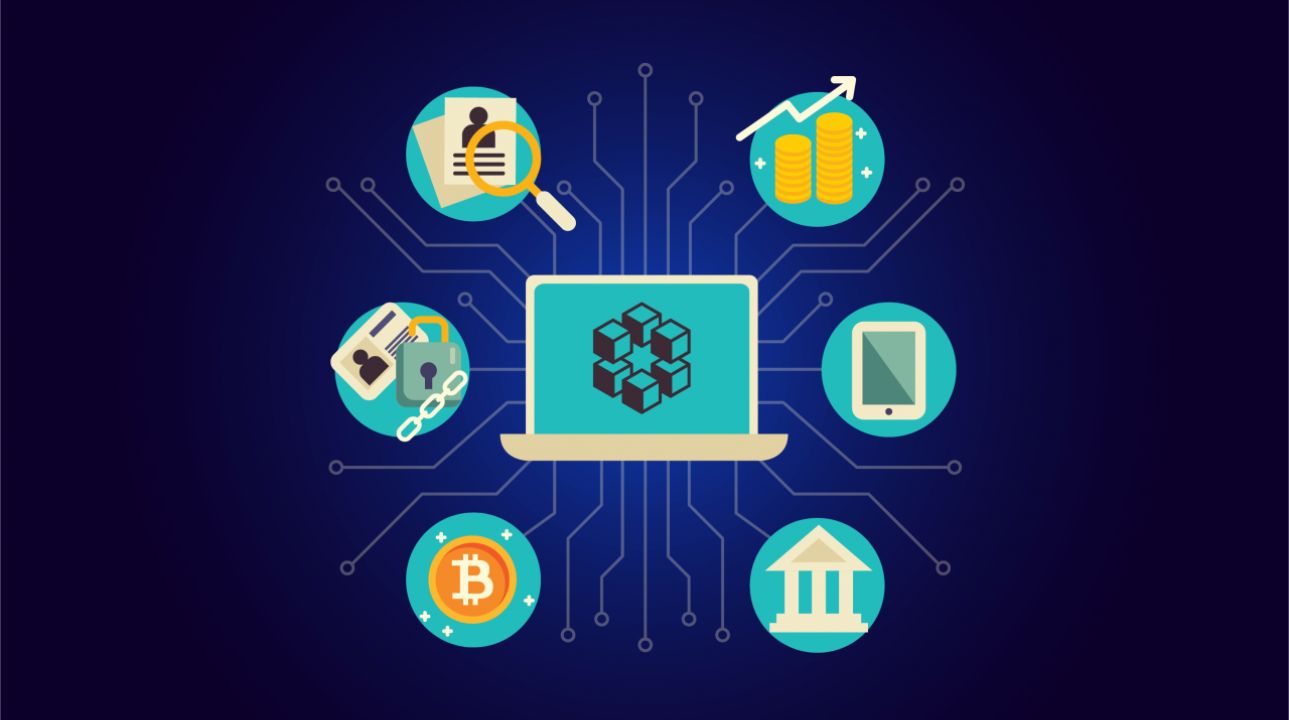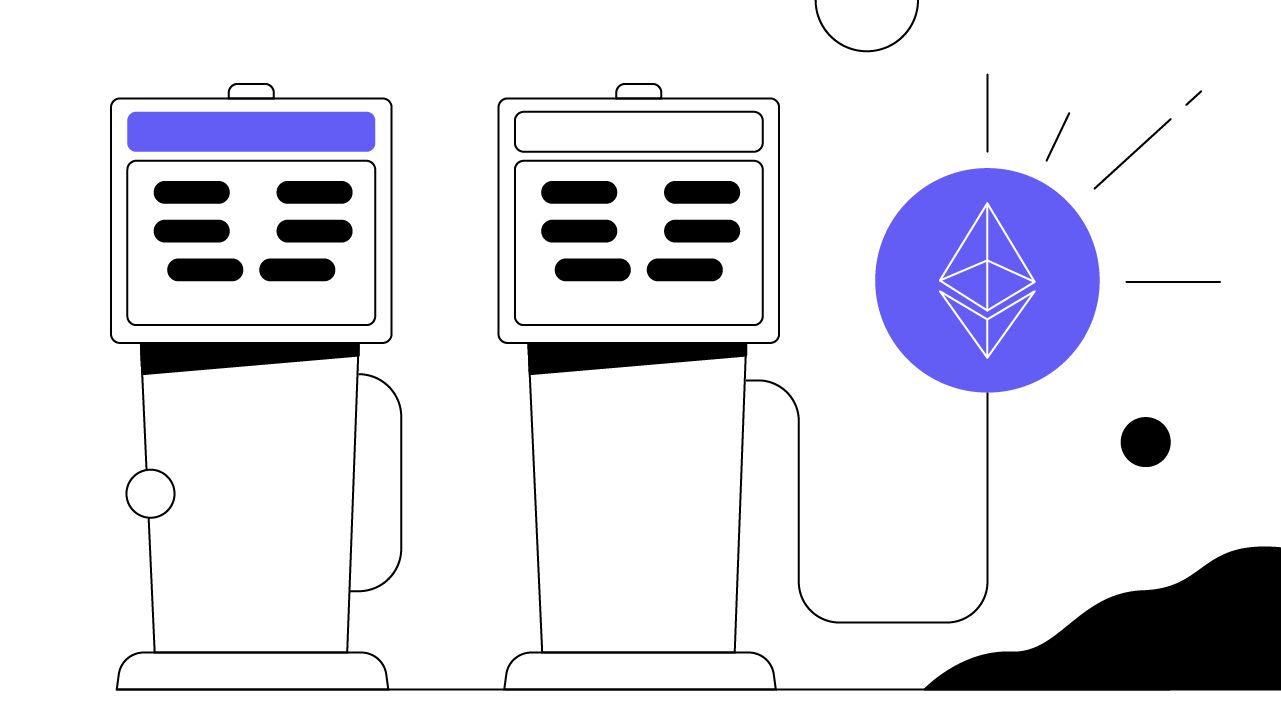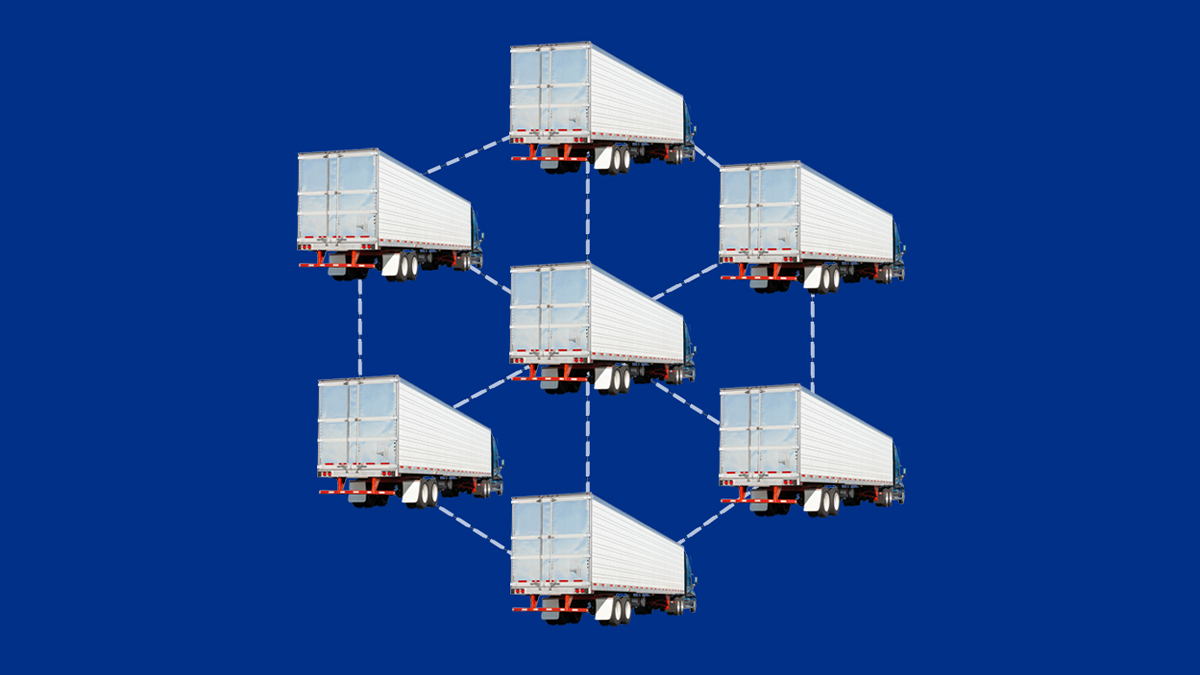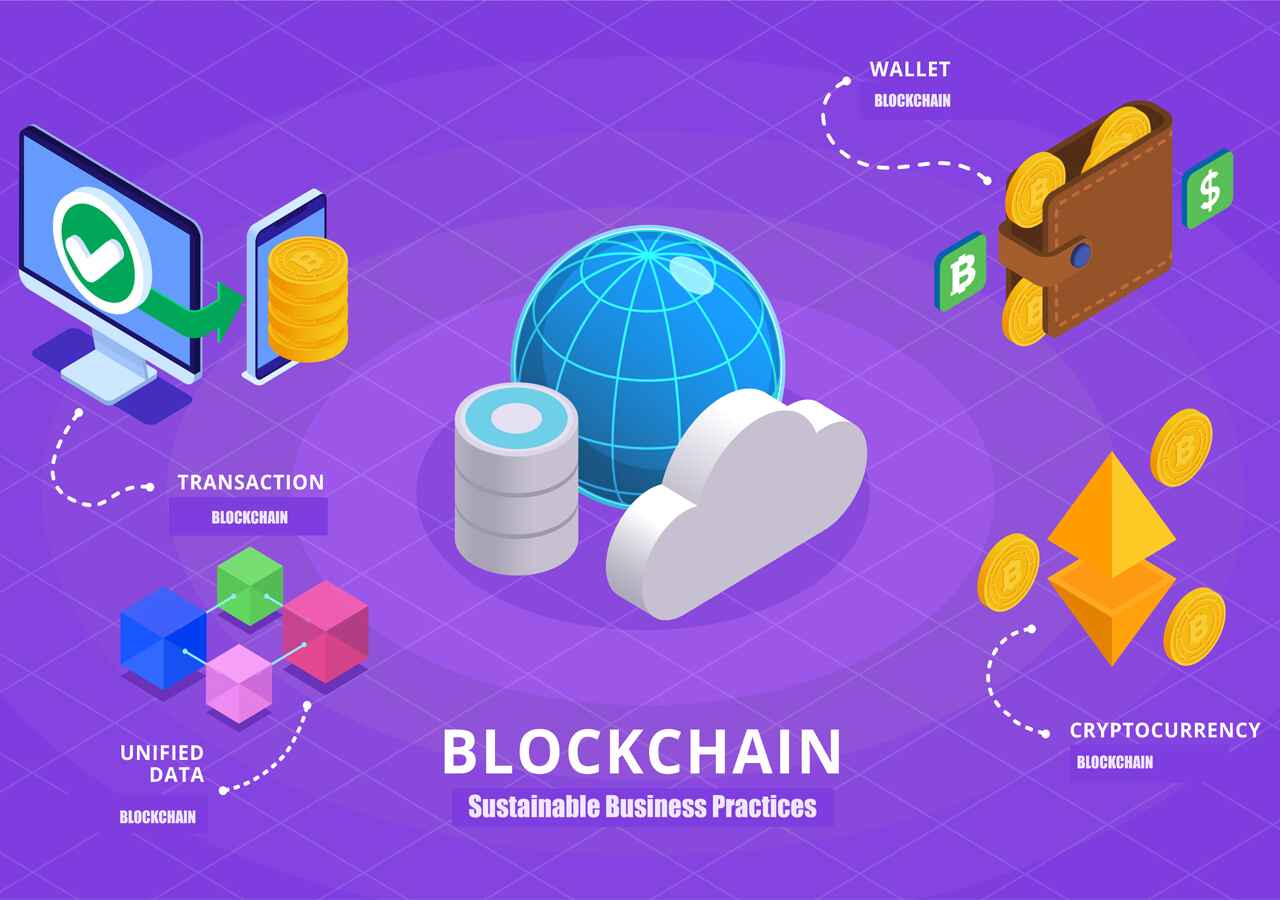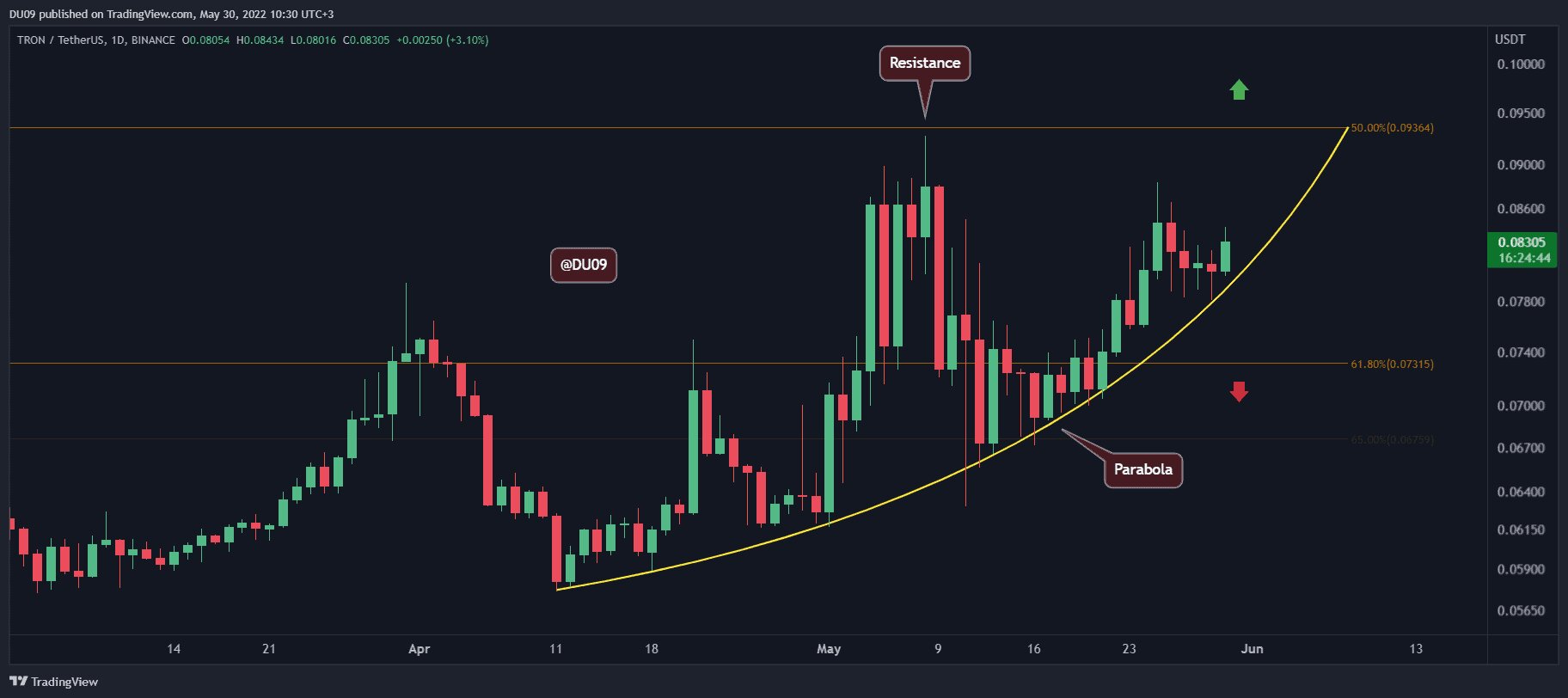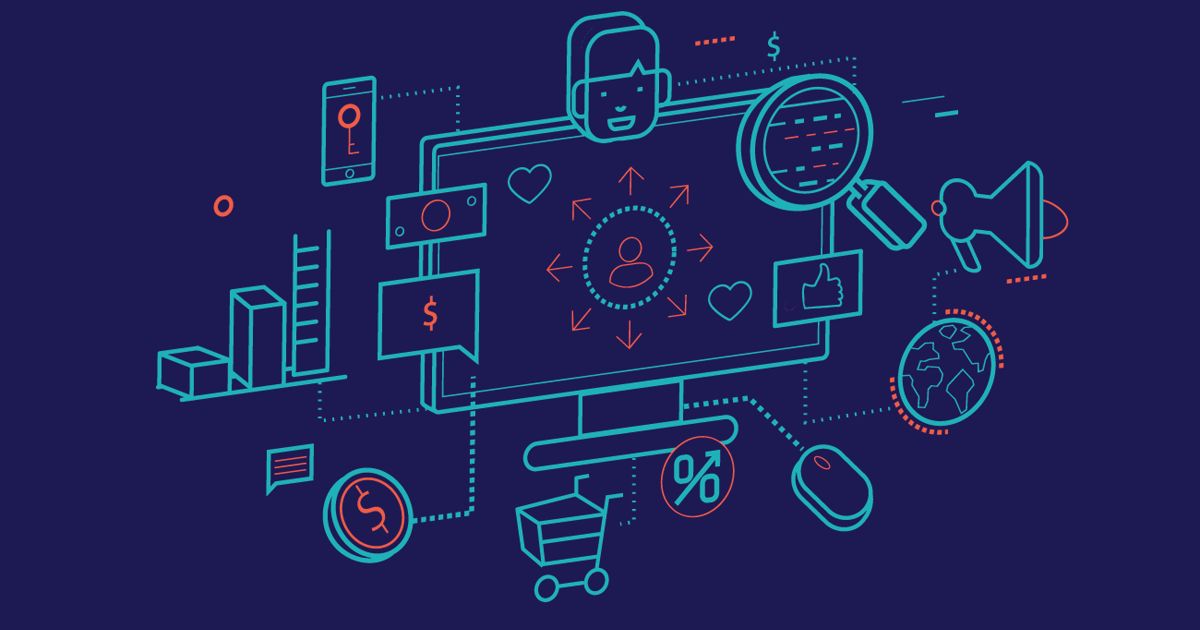Introduction
Welcome to the world of blockchain technology, where innovation and security converge to revolutionize various industries. While blockchain is often associated with cryptocurrencies like Bitcoin, its potential reaches far beyond the realm of digital currency. One area where blockchain is making waves is in consumer goods.
Consumer goods, ranging from food and beverages to electronics and fashion, play a significant role in our daily lives. However, the supply chains that support these goods are often complex and opaque, leading to issues such as counterfeit products, lack of transparency, and inefficiencies. This is where blockchain comes in.
Blockchain technology provides a decentralized and transparent ledger that records and verifies transactions. It guarantees the integrity and immutability of data, making it an ideal solution for ensuring trust and accountability in the consumer goods industry. By leveraging blockchain, companies can streamline supply chain processes, enhance product traceability, and provide consumers with unprecedented visibility into the origins and journey of the products they purchase.
This article explores the concept of the consumer blockchain, its applications in the consumer goods industry, and the benefits and challenges associated with its adoption. We will also delve into the future outlook of consumer blockchain and how it is set to shape the way we consume and interact with goods in the years to come.
What Is Blockchain?
Blockchain is a distributed digital ledger technology that allows multiple stakeholders to record and validate transactions in a secure, transparent, and tamper-proof manner. Unlike traditional centralized systems where a single authority controls the database, blockchain operates on a decentralized network of computers, known as nodes, which collectively maintain the integrity of the ledger.
At its core, a blockchain consists of blocks of data that are linked together in a chronological order to form a chain. Each block contains a unique identifier, a timestamp, and a list of transactions. Once a block is added to the blockchain, it cannot be altered or removed without the consensus of the network.
One of the defining features of blockchain is its consensus mechanism, which ensures that all participants in the network agree on the validity of transactions. This is achieved through cryptographic algorithms, such as Proof of Work (PoW) or Proof of Stake (PoS), which require nodes to solve complex mathematical problems or stake their tokens to validate transactions.
Blockchain technology offers several key advantages. Firstly, it eliminates the need for intermediaries, such as banks or payment processors, by enabling peer-to-peer transactions. This reduces costs and increases efficiency, making it particularly beneficial for cross-border payments.
Secondly, blockchain provides transparency and immutability. Any changes made to the ledger can be easily tracked and verified, enhancing trust and accountability. This feature is especially valuable in industries where provenance, authenticity, and compliance are critical, such as supply chain management.
Lastly, blockchain ensures security through its decentralized architecture. As the ledger is distributed across multiple nodes, it becomes highly resistant to hacking and data manipulation. This makes blockchain an attractive solution for industries that handle sensitive information, like financial services and healthcare.
In summary, blockchain is a revolutionary technology that combines decentralization, transparency, and security to enable trust, efficiency, and innovation across various sectors. By understanding the fundamentals of blockchain, we can uncover its potential applications in the consumer goods industry and harness its benefits to transform the way we produce, distribute, and consume goods.
How Does Blockchain Work?
Blockchain technology operates through a series of interconnected protocols and processes that ensure the integrity and security of the distributed ledger. Let’s dive into the key components and mechanisms that make blockchain work.
1. Distributed Ledger: The backbone of blockchain is the distributed ledger, which is a digital record of transactions shared across multiple nodes. Each participating node maintains a copy of the ledger, ensuring redundancy and preventing a single point of failure.
2. Transactions: Transactions are the building blocks of the blockchain. They represent the exchange of assets, information, or value between parties. Each transaction is added to a block, along with other related transactions.
3. Blocks: Blocks are containers that store a batch of transactions. They have a unique identifier, a timestamp that indicates when the block was created, and a reference to the previous block, forming a chain of blocks.
4. Consensus Mechanism: A consensus mechanism ensures that all nodes in the network agree on the validity of transactions and the order in which they are added to the blockchain. Common consensus mechanisms include Proof of Work (PoW) and Proof of Stake (PoS).
5. Validation: Once a transaction is proposed, it needs to be validated by participants in the network. This process involves verifying the transaction’s authenticity, ensuring that the sender has sufficient funds, and checking for any conflicts or double spending.
6. Block Mining: In PoW-based blockchains like Bitcoin, the process of block mining involves solving complex mathematical puzzles. Miners compete to find the solution, with the first one to solve it being rewarded with cryptocurrency. Mining serves as a mechanism to secure the blockchain and prevent malicious activities.
7. Consensus Formation: Once a block is mined and validated, it is propagated to the network, and each node updates its copy of the ledger. As more blocks are added to the chain, a consensus is formed, and the transactions become permanently recorded in the blockchain.
8. Immutability: Once a block is added to the blockchain, it becomes virtually impossible to alter or delete the information stored within it. This immutability ensures the integrity and trustworthiness of the blockchain.
By leveraging the power of distributed ledger technology, blockchain provides a secure and transparent platform for recording and verifying transactions. Its decentralized nature and consensus mechanisms enable trust and efficiency in various industries, including consumer goods.
The Consumer Blockchain
The concept of the consumer blockchain revolves around applying blockchain technology to enhance various aspects of the consumer goods industry. It aims to address challenges such as product traceability, counterfeit prevention, supply chain transparency, and consumer trust.
By embedding blockchain into the consumer goods ecosystem, companies can create a robust and secure system that provides end-to-end visibility and accountability. Here are some key areas where the consumer blockchain has the potential to make a significant impact:
Product Traceability: Blockchain technology enables the creation of an immutable record of a product’s journey from its origin to the end consumer. Each stage of the supply chain, including manufacturing, packaging, shipping, and distribution, can be securely documented on the blockchain. This allows consumers to verify the authenticity and quality of a product, ensuring they are purchasing genuine items.
Counterfeit Prevention: Counterfeit products pose a significant threat to consumer safety and brand reputation. By utilizing blockchain, companies can implement unique identification codes or smart tags for their products. These codes can be scanned by consumers, providing them with real-time information about the product’s authenticity and origin.
Supply Chain Transparency: The complex nature of global supply chains often makes it difficult for consumers to understand the journey and environmental impact of the products they buy. The consumer blockchain can offer a transparent and auditable record of every step in the supply chain. This enhances sustainability efforts, as consumers can ensure that their choices align with their values and support ethical practices.
Rewards and Loyalty Programs: Blockchain technology can revolutionize rewards and loyalty programs by eliminating the need for traditional points-based systems. With blockchain, companies can create decentralized loyalty programs where customers are rewarded with cryptocurrencies or tokens that hold real-world value. These rewards can be securely stored on the blockchain and easily redeemed, fostering greater engagement and loyalty.
Consumer Data Protection: In an era of heightened concerns about data privacy, the consumer blockchain can offer enhanced security and control over personal information. By leveraging cryptographic techniques, blockchain-based solutions can ensure that consumer data remains confidential and is only shared with authorized parties on a need-to-know basis.
The consumer blockchain has the potential to transform the consumer goods industry by promoting transparency, trust, and accountability. By empowering consumers with access to reliable information, companies can build stronger relationships with their customers and differentiate themselves in a crowded marketplace.
Applications of Blockchain in Consumer Goods
The application of blockchain technology in the consumer goods industry offers a wide range of benefits for both businesses and consumers. Let’s explore some key applications that are revolutionizing the way consumer goods are produced, distributed, and consumed:
Supply Chain Management: Blockchain provides an immutable and transparent ledger that enables end-to-end visibility of the supply chain. Companies can securely record every step of the production and distribution process, including the origin of raw materials, manufacturing, transportation, and retail. This allows for enhanced traceability, quality control, and fraud prevention.
Product Authentication: Counterfeit goods are a major concern for consumers and businesses alike. Blockchain technology can ensure the authenticity and provenance of products by creating unique identifiers or digital certificates that are recorded on the blockchain. Consumers can easily verify the authenticity of a product by scanning a QR code or using a mobile app.
Smart Contracts: Smart contracts are self-executing contracts with predefined rules stored on the blockchain. In the context of consumer goods, smart contracts can automate various processes, such as payment settlements, compliance checks, and warranty claims. This reduces the need for intermediaries, improves efficiency, and enhances customer trust.
Loyalty and Rewards Programs: Blockchain-based loyalty programs offer a more secure and efficient way to incentivize customer loyalty. By using tokens or cryptocurrencies on the blockchain, companies can create loyalty programs where rewards can be easily redeemed, transferred, and traded. This fosters greater customer engagement and loyalty.
Consumer Feedback and Reviews: Blockchain can revolutionize the way consumer feedback and reviews are collected and maintained. By leveraging blockchain technology, companies can create a transparent and immutable database of consumer reviews, ensuring that the information is reliable and cannot be tampered with. This helps build trust among consumers and enables better decision-making.
Product Recalls: In the event of a product recall, blockchain can streamline the process and improve communication between manufacturers, suppliers, retailers, and consumers. By having real-time access to the blockchain, stakeholders can quickly identify affected products, trace their distribution, and notify consumers in a timely manner, minimizing the impact and ensuring consumer safety.
Sustainability and Ethical Sourcing: Blockchain technology can promote sustainability by providing transparency and accountability throughout the supply chain. Companies can track and verify the environmental and social impact of their products, ensuring compliance with ethical and sustainability standards. Consumers can make more informed choices, supporting brands that align with their values.
These applications demonstrate the diverse ways in which blockchain technology is transforming the consumer goods industry. By leveraging the inherent benefits of blockchain, businesses can enhance supply chain efficiency, build consumer trust, and drive innovation, ultimately delivering better products and experiences to customers.
Benefits of Using Blockchain in Consumer Goods
The adoption of blockchain technology in the consumer goods industry brings forth a multitude of benefits for both businesses and consumers. Let’s explore some of the key advantages of using blockchain in this sector:
Enhanced Transparency: Blockchain provides a transparent and decentralized ledger that enables all stakeholders to have real-time access to information. This transparency fosters trust between consumers and businesses, as it allows for visibility into the entire supply chain, including the sourcing of raw materials, manufacturing processes, and distribution networks.
Improved Traceability: By recording and tracking every step of the supply chain on the blockchain, companies can achieve greater traceability. This allows consumers to verify the authenticity and provenance of products and have confidence in the quality and safety of what they purchase. In the case of recalls or quality issues, blockchain enables faster and more accurate tracing of affected products.
Reduced Counterfeiting: Counterfeit goods are a significant problem in the consumer goods industry, posing risks to consumer safety and brand reputation. Blockchain technology offers a robust solution to counterfeiting by enabling the authentication of products through unique identifiers recorded on the blockchain. This provides consumers with greater assurance that the products they buy are genuine.
Innovative Customer Experiences: Blockchain can revolutionize the way businesses interact with their customers. By leveraging blockchain-based loyalty programs and rewards, companies can create engaging experiences that allow customers to earn and trade tokens or cryptocurrencies. This not only incentivizes customer loyalty but also encourages active participation within brand ecosystems.
Faster and More Efficient Transactions: Blockchain has the potential to streamline and accelerate various transaction processes in the consumer goods industry. For instance, blockchain-based smart contracts can automate payment settlements, enabling faster and more secure transactions between parties. This reduces administrative costs, eliminates intermediaries, and enhances overall efficiency.
Enhanced Data Security: Data security is a paramount concern in today’s digital era. Blockchain technology provides enhanced security through its decentralized and immutable nature. Personal and transactional data can be securely stored and accessed only by authorized parties, significantly reducing the risk of data breaches and fraud.
Sustainability and Ethical Practices: Blockchain technology enables companies to verify and validate sustainable and ethical practices throughout their supply chains. This encourages transparency and accountability, giving consumers the ability to make informed choices and support brands that align with their values. It promotes ethical sourcing, fair trade, and environmental responsibility.
By embracing blockchain technology, businesses in the consumer goods industry can unlock a plethora of benefits, from improved transparency and traceability to enhanced customer experiences. The integration of blockchain has the potential to revolutionize the industry, fostering trust, innovation, and more sustainable practices.
Challenges and Limitations of Consumer Blockchain
While blockchain technology offers numerous benefits for the consumer goods industry, it also faces certain challenges and limitations that need to be addressed. Let’s explore some of these challenges:
Scalability: One of the primary challenges of blockchain technology is scalability. As the number of transactions increases, the blockchain network can become slower and more resource-intensive. This poses a potential hurdle for consumer goods companies that need to handle a large volume of transactions efficiently.
Cost: Implementing blockchain solutions can involve significant upfront costs, including setting up and maintaining the necessary infrastructure, as well as training staff to use and manage the technology. These costs may deter some companies, particularly smaller businesses, from adopting blockchain at scale.
Regulatory Compliance: The consumer goods industry is heavily regulated, and incorporating blockchain technology may introduce additional compliance challenges. Ensuring compliance with existing regulations while leveraging the benefits of blockchain can be complex and time-consuming, requiring a thorough understanding of the legal framework.
Interoperability: Interoperability refers to the ability of different blockchain platforms to communicate and share data seamlessly. With the presence of various blockchain frameworks and protocols, achieving interoperability can be a challenge. Consumer goods companies may face issues in integrating their existing systems with blockchain networks or collaborating with partners who use different blockchain platforms.
User Adoption: Blockchain technology can sometimes be complex and unfamiliar to consumers. Encouraging widespread user adoption and providing user-friendly interfaces and experiences are essential for the success of consumer blockchain initiatives. Educating consumers about the benefits and ease of using blockchain-based solutions is crucial to drive adoption.
Data Privacy: While blockchain provides enhanced security and immutability, it presents challenges in terms of data privacy. The transparent nature of blockchain means that all transactions are visible to participants in the network. Striking a balance between transparency and protecting sensitive data, such as personally identifiable information, requires careful consideration and the implementation of privacy-enhancing techniques.
Energy Consumption: Many blockchain networks, particularly those that rely on proof-of-work consensus mechanisms, consume a significant amount of energy. This has raised concerns about the environmental sustainability of blockchain technology. Developing and adopting more energy-efficient blockchain protocols is crucial to mitigate this challenge.
Addressing these challenges and limitations will require collective efforts from industry leaders, technology developers, regulators, and consumers. Overcoming these hurdles will pave the way for widespread adoption of consumer blockchain, unlocking its full potential to transform the consumer goods industry.
Future Outlook of Consumer Blockchain
The future of consumer blockchain looks promising, with the technology poised to revolutionize the consumer goods industry in several impactful ways. As we look ahead, there are several key trends and developments that indicate a bright future for consumer blockchain:
Mass Adoption: As the awareness and understanding of blockchain technology continue to grow, we can expect to see increased adoption of blockchain solutions in the consumer goods industry. Larger organizations, as well as small and medium-sized enterprises, will likely embrace blockchain to enhance transparency, improve supply chain management, and build consumer trust.
Interoperability and Standardization: Efforts to achieve interoperability and standardization across different blockchain platforms will gain prominence. This will enable seamless data sharing, collaboration, and integration between various stakeholders, facilitating the development of large-scale blockchain networks that span multiple organizations and industries.
Blockchain-as-a-Service (BaaS): The rise of blockchain-as-a-service platforms will make it easier and more cost-effective for businesses to incorporate blockchain into their operations. This will lower the barrier to entry, particularly for smaller companies, and accelerate the adoption of blockchain solutions in the consumer goods industry.
Integration with Emerging Technologies: Blockchain technology is likely to integrate with other emerging technologies, such as the Internet of Things (IoT), artificial intelligence (AI), and machine learning (ML). This convergence will enable seamless data exchange, automate processes, and unlock new opportunities for innovation in areas like smart supply chains, personalized product experiences, and autonomous inventory management.
Tokenization and Digital Identities: Blockchain-based tokens and digital identities will play a significant role in the future of consumer goods. Tokens can represent ownership, loyalty points, or even fractional ownership of assets. Digital identities can empower consumers to have control over their personal data and enable more personalized and secure interactions with businesses.
Regulatory Framework: With the growing adoption of blockchain in the consumer goods industry, regulators will likely develop frameworks to govern and ensure compliance within this space. Clarity around legal and regulatory requirements will provide businesses with the confidence to invest in blockchain solutions and will foster greater trust among consumers.
The future of consumer blockchain holds the promise of a more transparent, efficient, and secure consumer goods industry. By leveraging blockchain technology, companies can forge stronger relationships with consumers, deliver personalized experiences, and address critical challenges, such as counterfeit prevention and supply chain transparency. As innovation and adoption continue to accelerate, consumer blockchain will undoubtedly reshape the way we produce, distribute, and consume goods.
Conclusion
Blockchain technology has the potential to revolutionize the consumer goods industry by enhancing transparency, improving traceability, and fostering trust between businesses and consumers. The consumer blockchain offers various applications such as product traceability, authentication, loyalty programs, and supply chain transparency.
While there are challenges and limitations associated with implementing blockchain in the consumer goods industry, such as scalability, cost, and regulatory compliance, the future outlook is promising. The industry is poised to experience mass adoption, interoperability, and standardization, driven by advancements in blockchain technology and increased collaboration among stakeholders.
Looking ahead, the integration of blockchain with emerging technologies like IoT, AI, and ML presents exciting opportunities for innovation and personalized experiences in the consumer goods sector. The use of tokens and digital identities will revolutionize ownership and enhance consumer engagement.
Regulators are likely to develop frameworks to govern blockchain technology, ensuring compliance and encouraging responsible adoption. As businesses leverage blockchain solutions to improve supply chain management, prevent counterfeiting, and protect consumer data, they will build stronger relationships with consumers based on transparency, accountability, and ethical practices.
In conclusion, the consumer blockchain is set to transform the way we produce, distribute, and consume goods. By embracing this technology, the consumer goods industry can create a more transparent, efficient, and secure ecosystem that benefits businesses and consumers alike.









